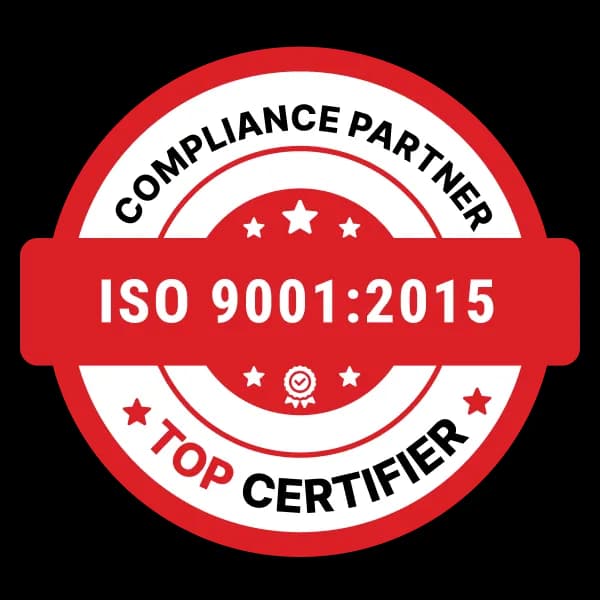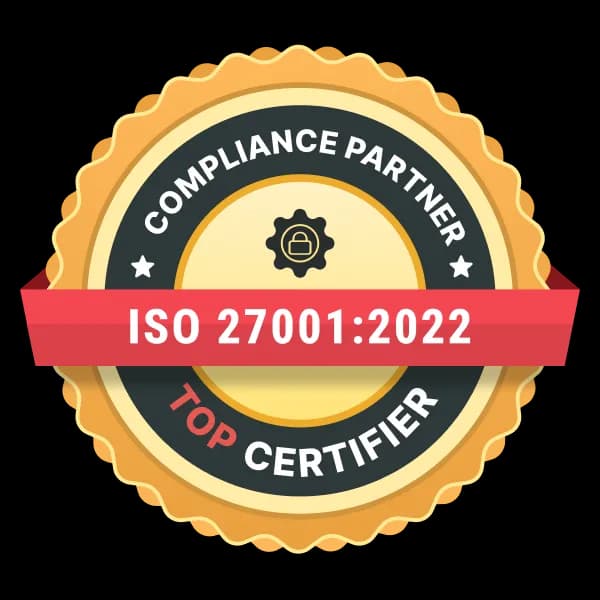How API Integration Enhances Workflow Automation in 2025
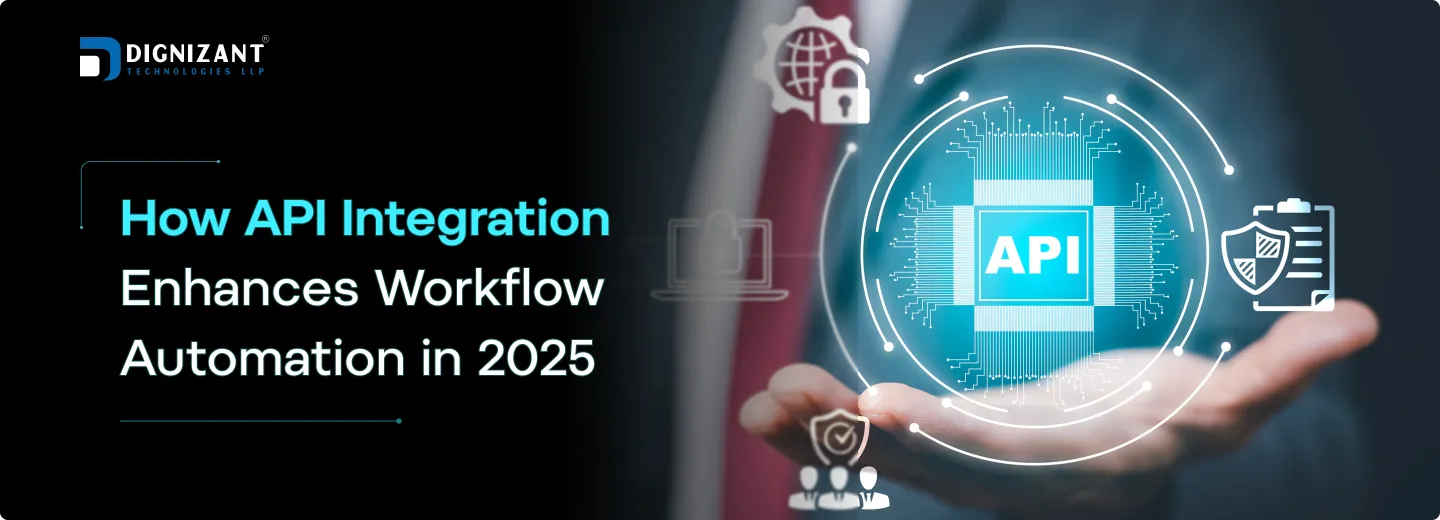
Contributor
Femil Savaliya
Uploaded
4 August, 2025
Read Time
6 Minutes
In a hyper-digital world, speed, accuracy and efficiency aren’t luxuries, their expectations. And as we push further into 2025, companies are rapidly shifting towards smarter, networked models just to survive. At the core of this evolution is a quiet force that makes it all possible, the ability for different software systems to talk to one another, automatically and in real time.
This behind-the-scenes connectivity has transformed how companies approach workflow automation. Moving beyond linear and rigid task flows, automation today is dynamic, intelligent and adaptive to disrupt industries across processes.
What Is API Integration?
An API (Application Programming Interface) is essentially an interface or code which enables different software systems to communicate with one another. Integration of application programming interface, i.e., letting two or more systems communicate through their APIs so one can send data and commands to another without human intervention.
Consider it a digital handshake, the thing that allows your CRM to talk to your email marketing platform, your HR tool to sync with your payroll system or your inventory solution to upgrade your e-commerce site in real-time.
Why Workflow Automation Needs APIs
Workflow automation refers to simplifying and automating routine tasks such as approvals, notifications, data syncs etc., to save time and reduce human error. APIs help construct a bridge between siloed systems and let these systems talk to each other, almost like two disciplines working in real time.
Without APIs, automation would be clunky, limited or outright impossible.
Benefits of API Integration in Workflow Automation
1. Seamless Data Flow Between Systems
Connecting different software programs together so they can interact seamlessly and exchange data in real time is one of the greatest benefits of API integration. Instead of continually exporting and importing information between CRMs, accounting programs, inventory solutions or email providers software tools are integrated to sync automatically. This eliminates human error, saves time and makes life more consistent across your company.
2. Accelerated Business Processes
When tools are able to communicate with each other, often in real time, businesses can automate hard workflows that once involved several steps and approvals. This in turn, leads to efficient task execution, quicker decisions and efficient operations. Whether you’re automating purchase approvals or hiring new employees, API integration takes the delays out of the equation.
3. Reduced Manual Errors and Operational Risks
Data entry by hand is not only time-consuming but also subject to error. One wrong letter can cause expensive errors or compliance violations. API-driven Automation ensures that records passed programmatically between systems are formatted properly, thus greatly minimizing the chances for data duplication or missing information.
4. Real-Time Visibility and Reporting
Businesses can connect APIs across any system and get data in real time for more advanced analytics and decisions. Dashboards and reporting tools are being fattened with accurate, up-to-date information from multiple sources that leaders can now use to make faster decisions on better data.
5. Improved Employee Productivity
API connections allow for automation of repetitive, low-value tasks freeing employees from manual work and able to engage in strategic and creative responsibilities. This increases moral and team productivity and innovation.
6. Enhanced Customer Experience
Customers today want speed, personalization and accuracy. Behind the scenes, businesses can serve faster responses containing consistent information and help users with personalized conversation. All touch points get further efficiencies, from capture to support resolution.
7. Scalability and Flexibility
Without rebuilding your systems, API integration offers a scalable base to grow your operations. You can add new tools, automate new processes, and change workflows via upgrades to existing API connections as your business scales or your requirements change.
8. Cross-Departmental Collaboration
Departments can now collaborate in a more harmonious way without siloed tools issues. It allows sales, marketing, HR, finance to share data and access unified dashboards and enables them to collaborate on end-to-end workflows involving automation. Integration decreases offline gaps between departments and establishes shared visibility.
9. Compliance and Audit Readiness
APIs can ensure that the data remains true, believe and traceable elements of compliance. Audit trails, access logs and automatic backups are all an option in these integrated systems that can minimize the risk of regulatory breach or data corruption.
10. Innovation Through Modularity
Third, it helps to support innovation by allowing software development in a modular way. Businesses can use the best tools on the market, engage with new technologies such as AI or blockchain and grow their systems without replacing them all.
Industries Benefiting from API Workflow Automation
E-Commerce & Retail
They automate workflows such as order processing, inventory adjustments, and customer service across all channels. The real-time system integration guarantees the information of product availability, faster deliveries, and user-centric experiences. It leads to greater operational efficiency and better buyer satisfaction.
Healthcare
All the medical records, the appointment system and billing all are working in one single automation which cuts the loads of management. Secure data exchange enhances care coordination, regulatory compliance and the patient experience. The latter facilitates faster diagnostics and treatment workflows.
Logistics & Supply Chain
It enables dynamic workflows to track a shipment, handle inventory at the warehouse and trigger updates with immediate effect across vendors. Seamless system integration increases supply chain visibility, forecasting accuracy and operational flexibility. That will reduce constraints and improve delivery reliability.
Human Resources
With automated, end-to-end workflows that connect recruiting to on-boarding with payroll and the employee lifecycle in between. HRMS, time tracking and compliance starts becoming consistent with the data. It makes internal operations a little bit easier and helps manage staff more effectively.
Finance & Banking
By connecting core financial systems, automation speeds up transaction processing, reporting, compliance and risk detection. When built into a single platform, these systems provide an accurate reconciliation of the data and real-time audit trails. Speed, accuracy and comfort for the financial institutions.
2025 Trends Elevating API-Based Automation
1. AI-Augmented Workflows
AI has become an embedded layer in every automated process. It enhances decision-making within workflows by analyzing patterns, interpreting data, and choosing optimal actions without human input. This transformation enables businesses to deploy self-learning, context-aware processes able to auto adjust as the operational environment evolves in real time.
2. Event-Driven Architecture
By 2025, workflows are getting ever more event-centric. Modern systems work based on real time events rather than something like a fixed schedule or manual trigger. This architecture drives much better responsiveness and accuracy, enabling processes to react in real-time to changes in data or system states, which can result in a recursive and adaptive automation cycle.
3. Composable Automation Infrastructure
Composable architectures, which involve building workflows from multiple modular and reusable components. This means more versatility and automation at layers that fit in as per the requirement of businesses. Allows you to maintain fast iteration without modernizing the wheel in every use case and scalability with cross-platform consistency.
4. Low-Code and No-Code Enablement
Automation democratization also delivers in the form of low-code and no-code platforms at scale. They allow business users to visually design, deploy, and change workflows with less reliance on their engineering team. Which leads to faster deployment cycles, more people now able to innovate their processes as well as departments being far more agile.
6. Security-First Automation Design
Incorporating automation that interacts with sensitive data and critical systems has elevated security to a top priority. Rendering application with embedded security mechanisms, encryption mechanism, access control and real-time suspect detection. Adherence to changing regulations is also built directly into automation pipelines, mitigating risk and fostering trust.
Conclusion
In today’s hyper-connected digital environment, automation is no longer just a trend, it's also the key to operational excellence that builders can structure in today's hyper-connected digital platform. 2025 businesses are sprouting intelligent systems that communicate with one another, take action immediately and adjust to changes in workflow. In short, it is radically altering how businesses are working with time, data and collaboration.
The center of this transformation has a software development, connectivity, flexibility and real-time construction method the only goodness. Enterprises that engineer their systems to work in concert with one another will be able to address the mounting tide of manual labor, as well as the necessary agility they must have to meet relentless shifts in perception of their end consumers.
Latest Articles

Unsure if Python suits your project? Explore the advantages and disadvantages of Python to see if it’s the right choice for your needs.
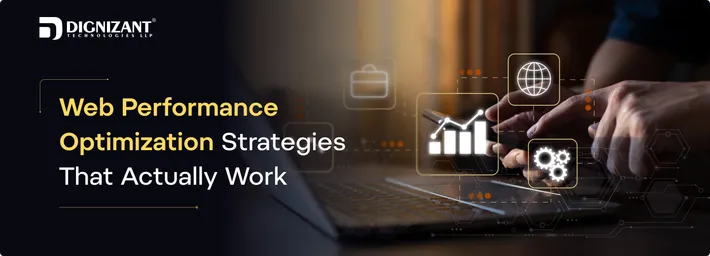
A practical guide to web performance optimization strategies that enhance speed, stability, and user satisfaction in real-world scenarios.
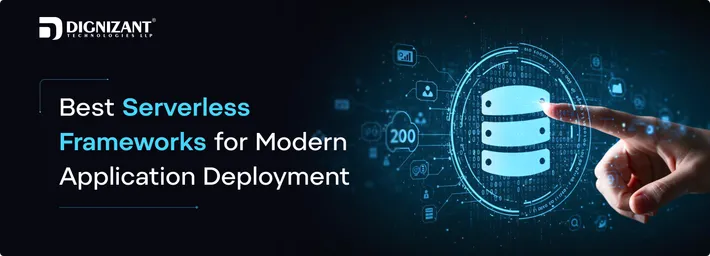
Deploy modern apps faster with top serverless frameworks. Compare features, DX, scaling, cost controls, and CI/CD fit for production-ready releases.
FAQs
Ready to Take Your Business to the Next Level?
Unlock new opportunities with expert solutions designed to elevate your brand. From strategy to execution, we empower your business with the tools, technology and talent it needs to thrive in today’s digital world.
